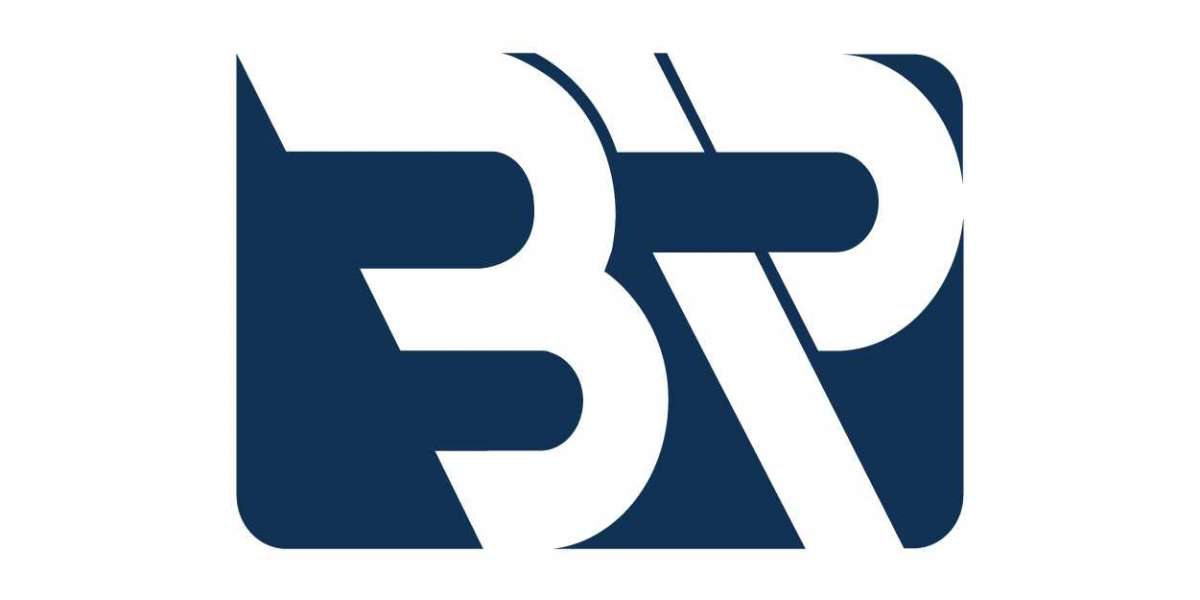With the rise of smart technology, companies and organizations are looking for ways to integrate new audio visual (AV) systems into their spaces. However, rushing into AV automation without proper planning can lead to inconvenient failures and technical issues. In this blog post, we will explore some common mistakes businesses make when integrating smart AV technology and provide recommendations to avoid these pitfalls.
Lack of thoughtful system design
One of the biggest mistakes is not investing enough time in the initial system design phase. AV automation requires considering many technical and usage factors up front such as device compatibility, network topology, room layouts, and user workflows. Without a thoughtful design, the end result will likely be a disjointed and frustrating experience.
Some key aspects to consider during the design phase include:
Device compatibility - Make sure all AV equipment works seamlessly together over the desired control methods like IP, serial, infrared etc.
Network topology - Plan your wired and wireless networking infrastructure to support seamless control and content sharing between rooms.
Room layouts - Design the system configuration around room dimensions, furniture placement and equipment locations.
User workflows - Understand common usage scenarios and design intuitive control experiences for different user types like presenters, participants etc.
Taking the time for a well-designed AV automation blueprint leads to a polished end result with fewer issues down the road.
Rushing system implementation
Similarly, rushing the implementation without properly testing individual components and the overall system is another mistake. A complex AV automation project requires meticulous configuration and integration work which can't be shortcut. Some problems that arise due to rushed implementations include:
Equipment configuration errors - Issues like improper IP addresses, serial connections or firmware/software versions.
Network issues - Bugs related to quality of service, wireless interference, VLAN configurations etc.
Control system programming - Logical errors in scripting or programming flow leading to dysfunctional automation.
Documentation gaps - Missing information regarding equipment IP's, passwords, programming codes etc.
Thorough testing at every stage of implementation from individual devices to full system tests is crucial to avoid time-consuming troubleshooting later on. Following industry best practices for structured testing and documentation prevents many post-deployment issues.
Underestimating maintenance requirements
AV automation systems involve sophisticated technical components that require regular maintenance and upgrades to operate optimally over the long term. However, many organizations underestimate these ongoing requirements which often leads the entire system to fall into disrepair. Some key ongoing tasks include:
Software/firmware updates - Keeping all equipment current prevents security vulnerabilities and introduces new features.
Network maintenance - Monitoring network health and making structural upgrades when needed.
Device replacements - Budgeting for periodic equipment refreshes after typical lifecycles of 5-7 years.
Technical support - Having qualified staff or vendor support agreements to fix inevitable issues.
Training - Educating new users and refresher sessions for existing ones.
Documentation updates - Keeping as-built drawings, manuals and program files current.
Setting aside proper maintenance budgets and allocating staff resources ensures smooth operations of an AV automation system for years to come.
Lack of change management processes
As needs evolve, smart AV systems also need configurations and workflows to adapt accordingly. However, making unplanned changes without processes often introduces conflicts and breaks functionality. Some best practices for managing changes include:
Version control for all program/configuration files
Standard request and approval workflows for changes
Testing changes in non-production environments
Documentation of all changes made
Rollback plans in case of issues
Change communication and training
Establishing standard change management SOPs (standard operating procedures) like the above helps evolve systems smoothly without disruptions to users.
Insufficient user training and support
No matter how intuitive a smart AV system seems, end users still require guidance especially initially. Insufficient training translates to low adoption rates and persistent support calls. Dedicated efforts are needed around:
In-person and online training modules
Context-sensitive help within controls
Standard welcome/onboarding process for new joiners
Support contact information displayed prominently
Email/video tutorials for common scenarios
Feedback mechanisms for enhancement ideas
Continuous involvement of subject matter experts patiently guiding users ensures the system investment delivers intended collaboration benefits.
Recommendations for success
To successfully integrate smart AV automation without common mistakes, following some key best practices is advisable:
Invest in thorough front-end planning and system design
Follow structured implementation and testing methodologies
Realistically budget for long-term maintenance needs
Establish documented change management procedures
Provide attentive user training and onboarding support
Continually monitor usage and gather feedback for refinements
Collaborate closely with experienced AV technology partners
Stagger implementations to optimize learnings
With such prudent approaches, organizations can harness smart audio visual systems seamlessly to elevate collaboration, learning and productivity. Well-designed AV automation done right transforms spaces and workstyles positively for the digital future.
Conclusion
In conclusion, AV automation delivers immense benefits but requires careful planning and ongoing management to succeed. Rushing implementations without addressing preparatory factors like thorough design, meticulous testing and maintenance ultimately leads to technical challenges and user adoption issues down the road. Following industry best practices during planning, deployment and maintenance helps companies prevent common pitfalls and successfully integrate smart AV systems for optimized collaboration.
Read Related:- https://www.bloglabcity.com/the-top-10-audio-visual-system-mistakes-you-might-be-making/








